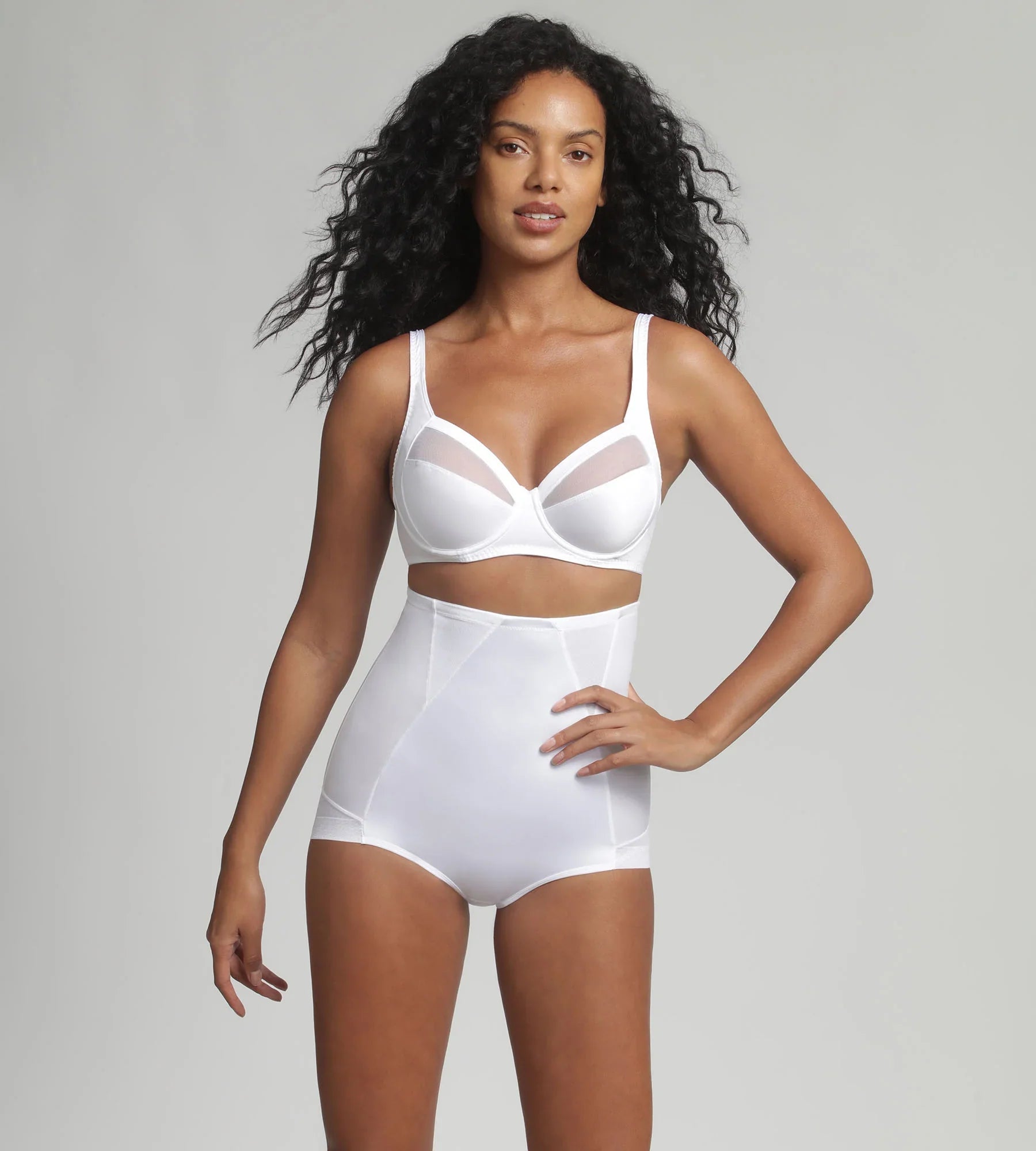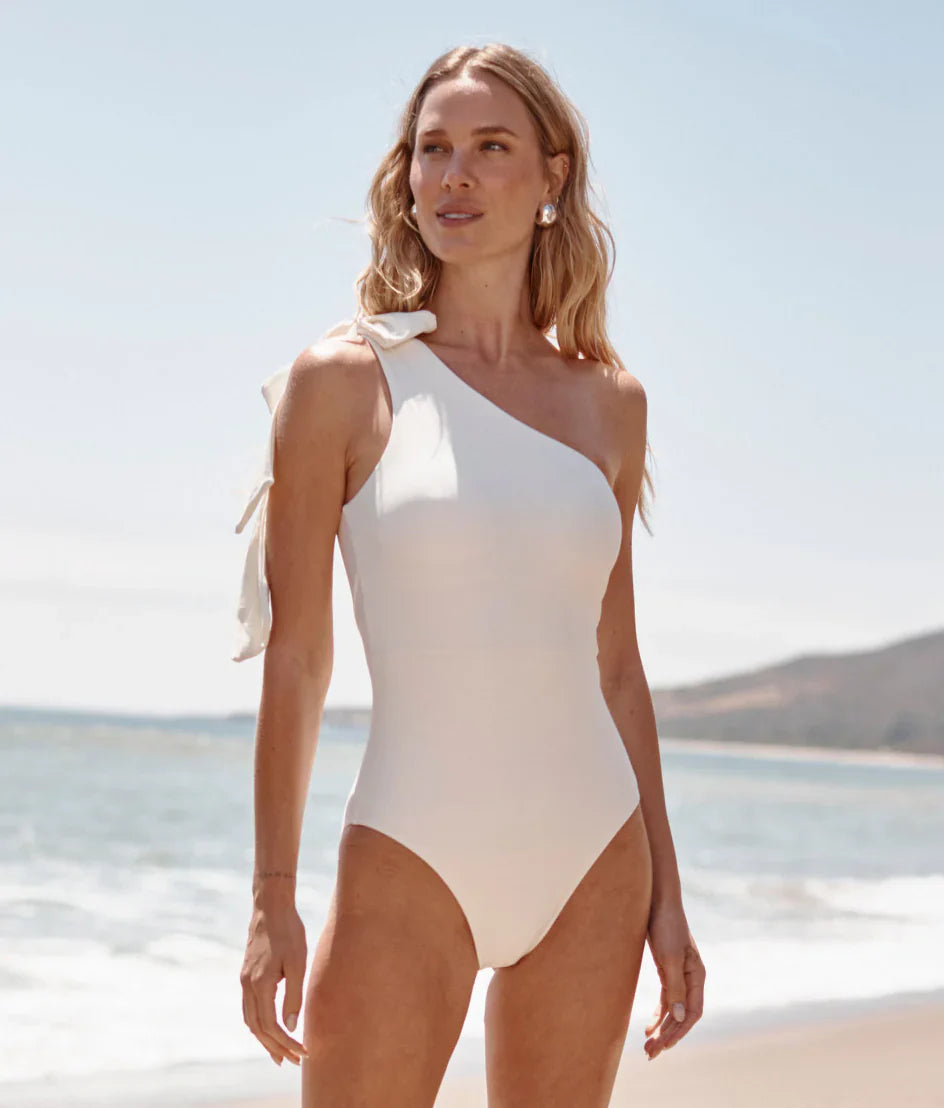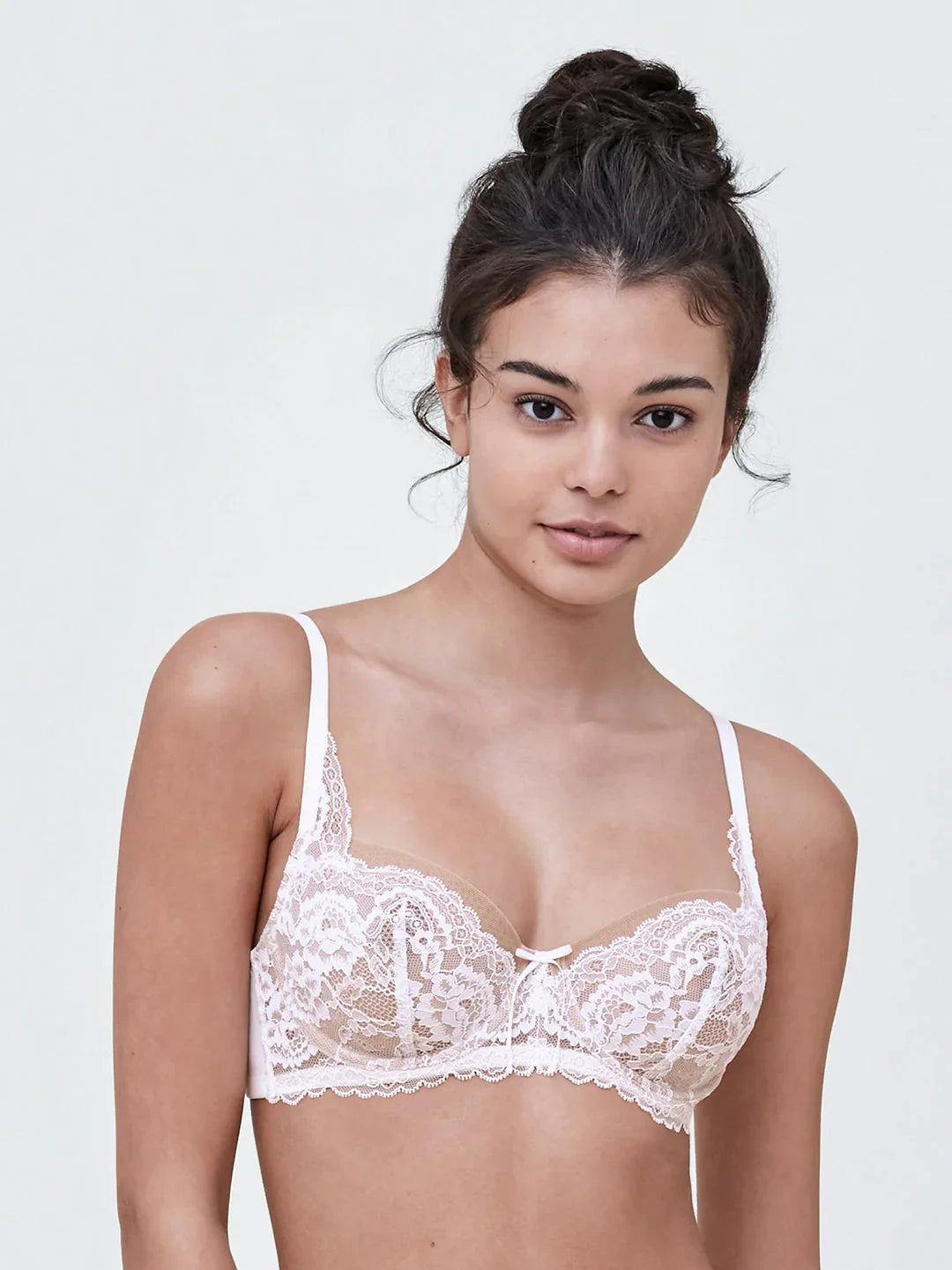Mastering How to Wear a Girdle: Essential Tips

Wearing a girdle can transform your silhouette, but how do you do it right? In this guide, we’ll show you step-by-step how to wear a girdle for optimal comfort and support. You’ll learn how to prepare, position, and adjust your girdle, as well as tips for choosing the right one for your body type. Let’s dive in and master how to wear a girdle effectively. Wearing a girdle correctly involves steps like proper preparation, positioning, and adjusting straps for comfort and support. Choosing the right girdle is crucial; consider your body type, measurements, and the material for optimal fit and functionality. Wearing a girdle can enhance your shape, improve posture, and provide support, but it’s essential to avoid common mistakes like selecting the wrong size or improperly placing seams.
Step-by-Step Guide to Wearing a Girdle Correctly

The first step to mastering the art of wearing a girdle is understanding the basics. Whether you’re opting for a Colombian girdle or a classic body shaper, the key is to ensure it fits snugly and provides the desired support.
The process involves preparing the girdle, positioning it correctly on your body, and adjusting the straps and seams. Each step is crucial in achieving a comfortable and flattering fit, so let’s break it down further.
Preparing Your Girdle
Before you even think about slipping into your girdle, it’s essential to prepare it correctly. Start by checking the girdle for proper fit and functionality. Stretch the fabric to its maximum capacity to ensure flexibility and ease of movement. This step is particularly important for Colombian girdles and other body shapers that use elasticized fabrics.
A girdle in top condition will make the wearing process smoother and more comfortable, allowing you to fasten it with ease when it is worn as an undergarment garment, including garters, underwear, and a zipper.
Positioning the Girdle on Your Body
Now that your girdle is prepped, it’s time to position it on your body. Begin by pulling the girdle up gradually, ensuring it hugs your body tightly. This snug fit is crucial for optimal support and shaping. Girdles typically cover the hips and waist, providing a smooth silhouette.
Take your time to adjust the girdle as you pull it up, ensuring it fits snugly across your body. Remember, the aim is to create a seamless, flattering look.
Adjusting Straps and Seams
The final step is adjusting the straps and seams. Key points to consider include:
-
Properly aligned seams are essential for both comfort and achieving a flattering silhouette.
-
Ensure the seams are positioned to prevent irritation.
-
Position seams to maximize the effectiveness of the girdle.
Adjust the straps to ensure the girdle fit snugly but not too tightly, avoiding any discomfort or skin irritation. With these adjustments, your girdle will not only look great but feel great too.
Choosing the Right Girdle for Your Body Type

Choosing the right girdle is as important as wearing it correctly. Understanding your body type is crucial for selecting the appropriate girdle that fits snugly and enhances your natural shape. Whether you have an hourglass figure, are looking to slim your waistline, or need a specific type of support, the right girdle can make a world of difference.
Let’s explore the different types of girdles and the factors to consider when choosing one.
Understanding Different Types of Girdles
Modern girdles have evolved significantly, offering a variety of options to suit different needs. The term “girdle” now includes body shapers, pants, and full-body girdles. Colombian girdles, for example, come in types designed for daily use and sports use. Full-body girdles can take the form of bodysuits, which may include pads and shoulder straps for additional support. Classic girdles with zippers or hook-and-eye closures are still popular, providing a retro touch to modern shapewear.
Shapewear categories have expanded to include tummy-control swimsuits, compression leggings, and arm shapers, offering solutions for various parts of the body. Each type of girdle serves a specific purpose, whether it’s for everyday wear, sports, or special occasions. Understanding these options will help you choose a girdle that meets your needs and fits your lifestyle.
Factors to Consider When Choosing a Girdle
Selecting the right girdle involves more than just knowing your body type. Consider the following:
-
Take accurate measurements of your waist and hips to ensure a snug fit.
-
Regularly reassess your measurements to find the right size.
-
Avoid discomfort by choosing a girdle that fits well based on these measurements.
The fabric of the girdle also plays a significant role; different materials offer varying levels of control and comfort. Ultimately, the best girdle is one that fits your individual needs and provides ease of movement and breathability.
Benefits of Wearing a Girdle

Wearing a girdle offers multiple benefits beyond just aesthetic enhancement:
-
Improving posture
-
Providing back support
-
Boosting self-confidence by improving your body shape and posture
-
Making you feel more polished and put-together during special events
These benefits can significantly impact your daily life.
Let’s delve deeper into these benefits and see how a girdle can enhance your overall well-being.
Enhancing Your Hourglass Shape
One of the most sought-after benefits of wearing a girdle is achieving a more pronounced hourglass shape. Girdles are designed to create a more defined waist, accentuating the curves of the hips and bust. This can be particularly beneficial for body types like rectangular, apple, and inverted triangle, as invisible girdles can enhance the figure.
Moreover, garments with sleeves are especially effective in accentuating curves for pear and hourglass body types. By wearing a girdle correctly, you can achieve a curvier appearance that is often desired in fashion. Whether you’re dressing for a special occasion or just want to feel more confident in your everyday attire, a girdle can make a significant difference in how you look and feel.
Supporting Lower Abdomen and Back
Girdles offer substantial support for the lower abdomen and back, which can alleviate discomfort and improve posture. Benefits of a well-fitted girdle include:
-
Providing additional support to the spine, reducing discomfort associated with lower back issues
-
Being particularly beneficial post-surgery by helping improve posture
-
Offering lumbar support during recovery
Postpartum girdles also play a crucial role in stabilizing abdominal muscles and reducing swelling after childbirth. They can aid in muscle recovery and help redefine your body shape post-pregnancy. By providing support to the core, postpartum girdles can make a significant difference in your recovery journey. Whether you’re recovering from surgery or childbirth, the right girdle can provide the support you need.
Common Mistakes to Avoid When Wearing a Girdle

Wearing a girdle correctly is crucial to avoid common mistakes that can lead to discomfort and ineffective shaping. From choosing the wrong size to improperly positioning seams, these errors can undermine the benefits of wearing a girdle.
Understanding these mistakes and how to avoid them will ensure you get the most out of your girdle-wearing experience.
Choosing the Wrong Size
One of the most common mistakes is choosing the wrong size girdle. A girdle that is too tight can restrict movement and cause discomfort, while one that is too loose won’t provide the desired shaping effect. Accurate measurements and selecting the right size are crucial to avoid these issues.
Adjusting the straps correctly can also prevent unwanted folds in the girdle, ensuring a smooth and flattering look.
Improper Placement of Seams
Improper placement of seams is another common mistake. Proper alignment of the seams is crucial to avoid discomfort and maintain a sleek appearance. Misaligned seams can lead to irritation and diminish the effectiveness of the girdle.
Ensuring the seams are correctly positioned will enhance both comfort and the overall look of the girdle.
Over-tightening Straps
Over-tightening straps can lead to significant discomfort and skin irritation. Adjusting the straps to a comfortable level is vital, ensuring the girdle fits snugly but not too tightly. Properly adjusting the straps helps avoid folds and maintains a smooth silhouette.
Remember, the goal is to achieve a balance between support and comfort at the center. Take a moment to tuck inspiration hooks note this important principle.
How to Wear a Girdle for Special Occasions

Special occasions often call for a little extra support and shaping. Wearing a girdle can enhance your outfit by providing a sleek and polished look. Whether it’s a wedding, a party, or a formal event, the right girdle can make you feel more confident and comfortable.
Let’s explore what garters are and their unique history, as well as how to wear a girdle for different special occasions.
Under a Tight Dress
Wearing a girdle under a tight dress can help create a flattering silhouette, emphasizing your curves and smoothing out any lines. To achieve this look, ensure the girdle fits snugly and is properly aligned with your body. This will help prevent any visible lines or bulges, allowing the dresses to sit smoothly over the girdle.
When wearing a girdle under a tight dress, it’s important to choose the right type of girdle:
-
An invisible short-type girdle is ideal as it adheres closely to the body without showing lines on clothing.
-
This type of girdle will enhance your outfit.
-
It helps you feel confident and elegant.
For Postpartum Recovery
Postpartum recovery can be a challenging time, and wearing a girdle can provide much-needed support. Postpartum girdles are designed to:
-
Help stabilize abdominal muscles
-
Reduce swelling after childbirth
-
Improve posture
-
Provide lumbar support
-
Allow greater security when moving.
By wearing a postpartum girdle, new ladies women mothers can feel more comfortable and supported during their recovery journey.
During Exercise
Wearing a girdle during exercise can enhance body shaping and support for the thighs and legs. However, it’s important to ensure that the girdle fits properly and the side seams are correctly placed on the hips to avoid discomfort.
Before exercising, it’s recommended to do tests to let the material of the latex sports girdle adapt to your body. This will ensure a comfortable fit and allow you to focus on your workout without any distractions.
Caring for Your Girdle
Taking proper care of your girdle is essential to maintain its functionality and extend its lifespan. Regular maintenance ensures that your girdle continues to provide the support and shaping you need. From washing and drying to storing your girdle, following the right care instructions can make a significant difference in your overall experience.
Let’s delve into some essential tips for taking care of your girdle.
Washing and Drying Tips
When it comes to washing your girdle, follow these steps to preserve its fabric integrity:
-
Use mild detergent and cold water.
-
Avoid using bleach.
-
Do not use fabric softeners, as they can harm the material.
-
For girdles made of polyamide and elastane, cold water is especially important to prevent damage.
-
After washing, avoid wringing or twisting the girdle to maintain its shape and elasticity.
-
Gently squeeze out excess water.
-
Lay the girdle flat to air dry at room temperature.
This method helps keep the girdle in top condition.
Additionally, using abrasive detergents can harm the fabric, so it’s best to stick to gentle cleansers. By following these washing and drying tips, you can ensure that your girdle and other pieces of nude G-string underwear remain effective and comfortable to wear for a long time. Remember to wash it properly to maintain its quality.
Storing Your Girdle
Proper storage of your girdle is just as important as washing it correctly. Here are some tips for storing girdles:
-
Store girdles flat or hung to prevent deformation and maintain their shape.
-
Avoid folding girdles, as this can cause creases and affect their elasticity.
-
Rolling the girdle or storing it flat helps keep it in perfect condition.
Using breathable storage bags can also protect your girdle from dust and moisture. These bags allow air to circulate, preventing any musty odors from developing. By storing your girdle correctly, you can ensure it remains in excellent condition and ready for use whenever you need it.
Troubleshooting Common Issues with Girdles
Even with the best care and proper wearing techniques, you may encounter some common issues with girdles. From rolling edges to discomfort, these problems can be frustrating. However, with a few troubleshooting tips, you can address these issues and continue to enjoy the benefits of wearing a girdle.
Let’s explore some solutions to common girdle problems.
Addressing Rolling Edges
One common issue is the edges of the girdle rolling up, which can be both uncomfortable and unsightly. To help prevent this, ensure that the girdle is the correct size and fits snugly. Wearing the girdle over smooth fabric can also help keep it in place and prevent rolling.
By taking these steps, you can minimize the chances of the edges roll up and maintain a sleek appearance.
Managing Discomfort
Discomfort is another common issue that can arise when wearing a girdle. Properly adjusting the girdle’s straps can alleviate pressure points that cause discomfort. Gradually adjusting the tightness of the girdle can also help enhance comfort and allow you to breathe easily.
Choosing a girdle made from breathable materials can minimize discomfort during wear. Additionally, wearing snug undergarments beneath the girdle can enhance comfort and minimize shifting. By following these tips, you can manage any discomfort and enjoy the benefits of your girdle.
Summary
Mastering the art of wearing a girdle involves understanding the correct steps for preparation, positioning, and adjustment. Choosing the right girdle for your body type and following proper care instructions can enhance your overall experience. The benefits of wearing a girdle, from enhancing your hourglass shape to providing lower back support, are significant. By avoiding common mistakes and troubleshooting issues, you can ensure a comfortable and effective girdle-wearing experience. Remember, a well-chosen and well-cared-for girdle can boost your confidence and support your body in all the right ways.
Frequently Asked Questions
How do I know if my girdle fits correctly?
Your girdle should feel snug but comfortable; there shouldn’t be any pinching or discomfort. Make sure you’ve measured your waist and hips accurately to find the right size.
Can I wear a girdle every day?
Absolutely, you can wear a girdle every day! Just be sure to ease into it and limit your use to around 8 hours for comfort.
How do I prevent my girdle from rolling up?
To stop your girdle from rolling up, make sure it's the right size and avoid wearing it over slippery fabrics. Opt for a snug fit and consider smoother materials underneath for better hold.
What is the best way to wash my girdle?
The best way to wash your girdle is by hand with mild detergent and cold water. Just skip the bleach and fabric softeners, then let it air dry at room temperature.
Can I wear a girdle during exercise?
Absolutely, you can wear a girdle during exercise for extra support and shaping. Just make sure it fits well to keep you comfortable while you work out!


